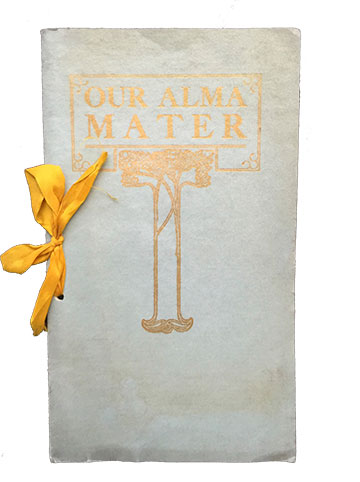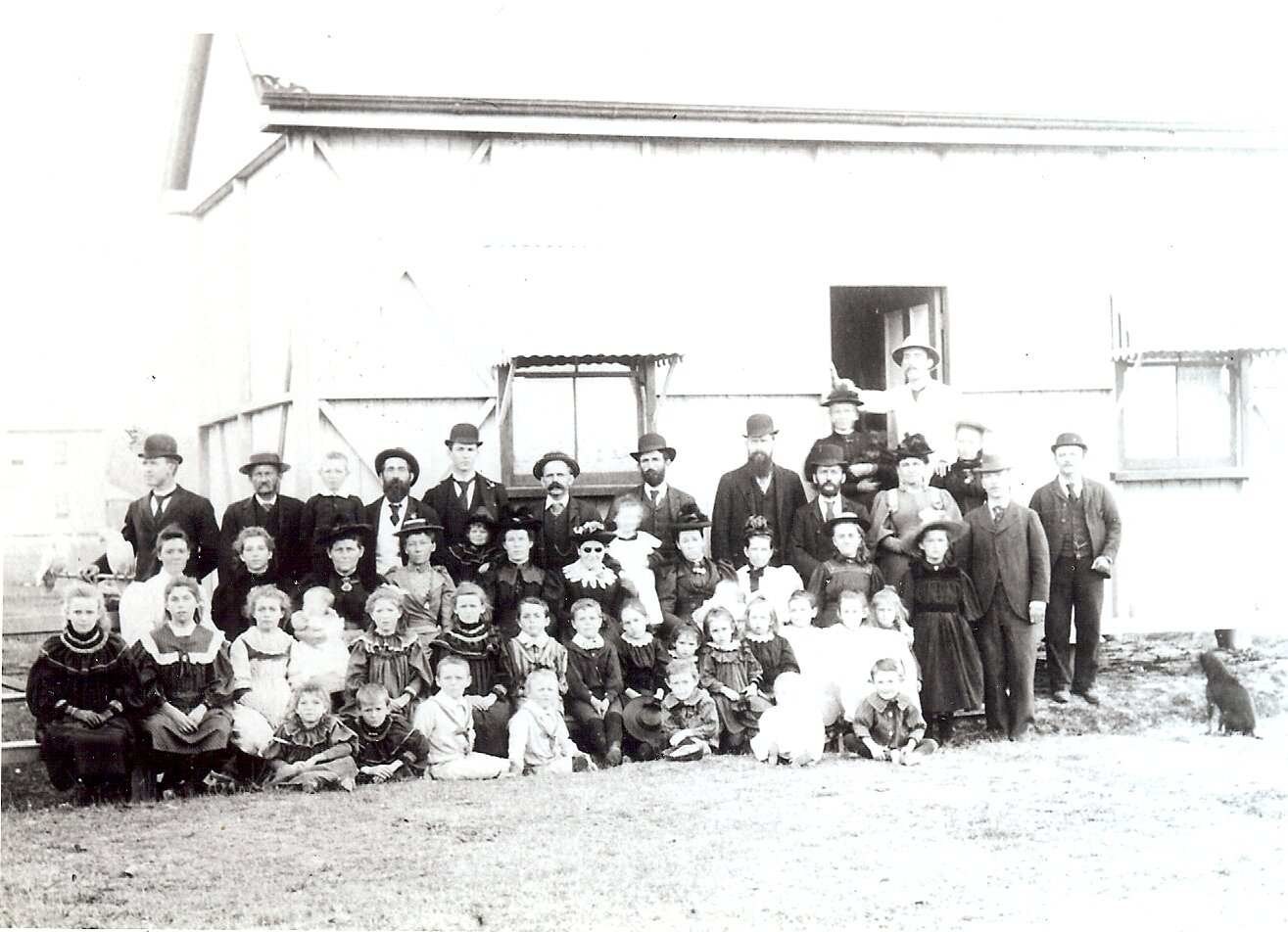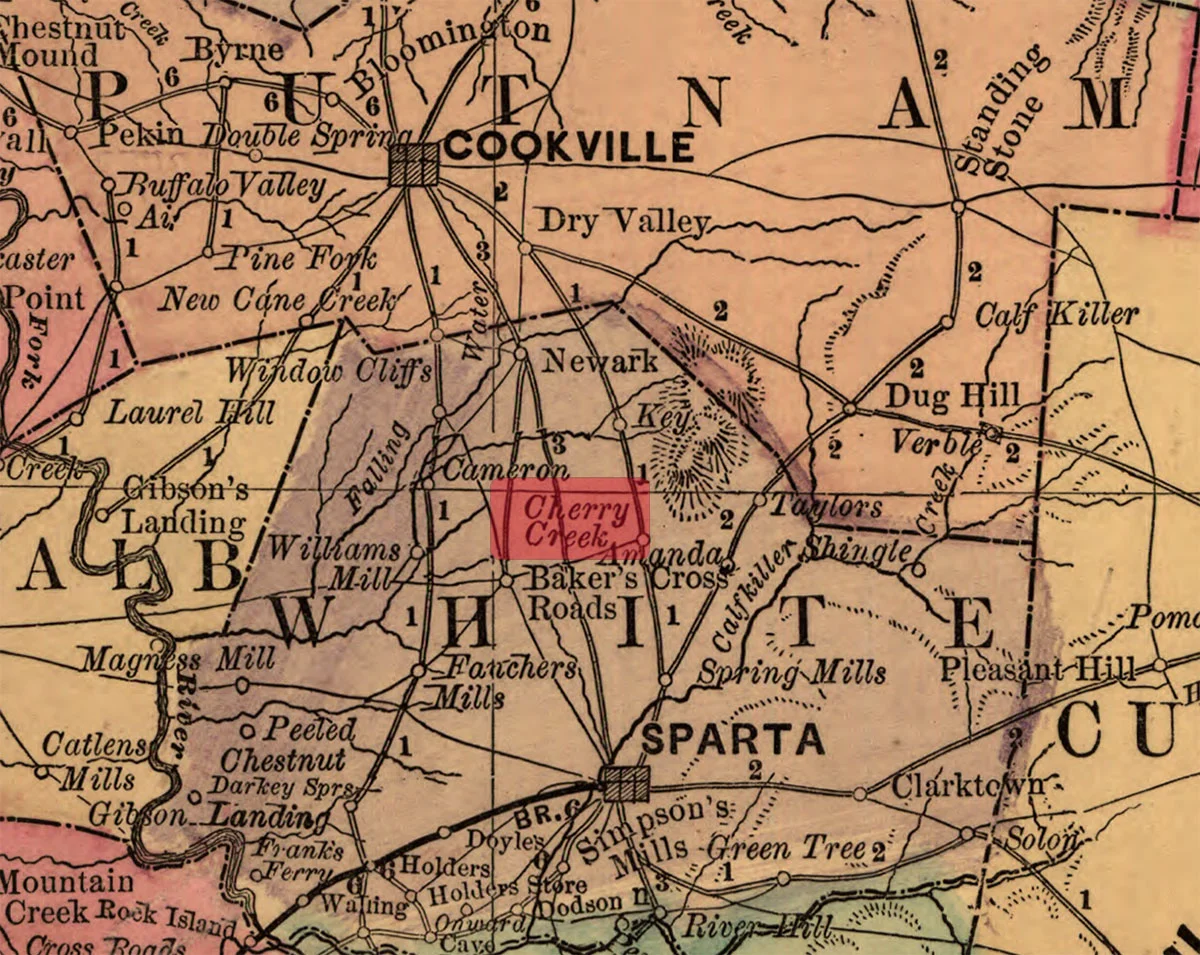





My grandmother, Hilda Pinborough, and her sister, Winifred attended the Latter Day Saints' High School located in Salt Lake City, Utah. I was surprised that there wasn't much information about LDSU, Latter-day Saints' University, online except "the last vestibule of which is now the LDS Business College" referenced on Wikipedia. Fortunately, some of the University history is spelled out in this lovely Alma Mater booklet.
Based on the title, I assumed the little booklet contained the personal experiences of students and what it was like attending the school - but rather, it was the history of the Latter-day Saints' University - its rise and fall and rise again. Where it went after this, I don't know.
The contents of the book are typed up below.
' Our Alma Mater
To the students, past and present, of Latter-Day Saints' University with the compliments of the class of 1915
So You May Know
The money to print this booklet the Class of Nineteen Hundred Fifteen raised by sweat of brawn and brain. Forty junior huskies, of a Saturdays, got work of the Presiding Bishopric. Thus they obtained the greater part of the means to issue this Founder's Day souvenir. The girls, too, helped raise the money, first, by making and selling candy and, next, by furnishing substantial lunches for the boys who toiled. All of which shows that you can boost and have fun at the same time.
WM. B. Dougall
God-father and patron saint of the Latter-day Saints' University, who solicitously watched over her career from the beginning to his death
The Knocking at the Door
Beyond all controversy the very, very first scene in the life of our school occurred in the fertile brain of our Patron Saint -- William B. Dougall. So it seems from all the records of the institution. He had sent some of his children to the Brigham Young Academy, at Provo. Other men had done the same thing. And he had observed the good effects in both cases. So he said to himself: "Why can't we have a Church school in this city?"
That moment the gate was opened, and the eager Blue Bird flew out and into the boat which was to sail earthward.
Meeting Dr. Karl G. Maeser one day, he put the question to him.
"Certainly, Brother Dougall," replied the sympathetic Superintendent. "That is," he added, with a worldly wisdom not of the school room, "if you can raise the necessary means." He promised, moreover, to send up from the Provo school a capable teacher.
And our Patron Saint went away to ask himself -- and others -- some more questions.
The Seven Wise Men
The question, Can we have a Church school here? was therefore partly answered. Or, rather, it took on another form: How can we raise the money to start one? Mr. Dougall put this question to Angus M. Cannon, then president of the Salt Lake Stake. And his answer was --
"Draft a subscription list, and take it to around to your friends."
A good idea!
But first Mr. Dougall wished to sound some possible subscribers. So he called a meeting in the James Dwyer Book Store on Upper Main street.
Now, the night before the day on which the meeting was to be held, a fire visited the book store, as if on purpose to undo the work of Mr. Dougall. But all the men met anyway. And there they sat on boxes, in a burnt-out store, with the water dripping down on them, discussing the advisability of establishing a Church school in Salt Lake City!
"The discussion," says one of the seven, "took on a very animated form in favor of a Church school here."
It seems that the subscription was started on the spot; for, although a call was made there for another meeting, one of the men set his name down for seventy-five dollars.
The names of these seven men are: William B. Dougall, William A. Rossiter, William H. Rowe, Nelson A. Empey, Francis Cope, John Nicholson, and James Dwyer.
The School is Born
That subscription list would be an inestimable treasure now if we had it. Doubtless here are many names on it. But we know of only the following: Angus M. Cannon, William B. Dougall, A.E. Hyde, Spencer Clawson, Francis Cope, William A. Rossiter, John Nicholson, Nelson A. Empey, and James Dwyer.
The money being thus assured, the next thing was to get a place to hold the school. Mr. Dougall obtained the permission of President John Taylor to hold it in Social Hall. The committee chosen to look after the welfare of the new institution consisted of the first eight men named above.
Social Hall was therefore fitted up as our first home. The opening day saw a timid young man of twenty-one years at the desk to receive the two or three score timid boys and girls who came there to begin their Church school education.
Exercises, too, were held that day in the basement of the building, at which addresses were made by President Angus M. Cannon and others. The dedicatory prayer was offered by Joseph E. Taylor, counselor to President Cannon.
The first principal of the new school was no less a person than Dr. Karl G. Maeser, organizer of the Church school system among the Latter-day Saints, though his office seems to have been merely nominal. The first teacher, and the real principal was Willard Done.
The birth-day of the L.D.S. is the Fifteenth of November, eighteen hundred eighty-six.
How We Got Our First Real Home
For the first five years, nearly, the school had been confined, not only in the figurative, but also in the literal sense of the word, to the narrow walls of Social Hall. But not without yearnings on the part of the teachers for better quarters and improved facilities, and regrets on the part of the Trustees that those yearnings even more than now, when money could not be had for the asking. Nevertheless, out of those very yearnings and regrets, as always, came better things.
It was at a Board Meeting in March eighteen hundred ninety-one, that the general feeling over the situation reached a climax. Dr. James E. Talmage, who had been president since the second year, told the Board that he felt humiliated at finding himself visited by Eastern professors "in such miserable quarters. He wanted a good, first-class building properly fitted up, and then one thousand dollars for scientific apparatus."
This roused the spirit and local patriotism of the Trustees. The discussion is not recorded, but we may judge of its nature by the abrupt and lively record of the Secretary --
"Moved by Elias Morris that we have a new building for next year. Carried!"
After that, motions trod on one another's heels; committees were appointed; money was distributed in prospective with lavish expenditure.
All this, however, was more easily said than done. One wishes there had been a secretary to record the feelings of those home-going Trustees when their ardor had time to cool. But they were men who never went back on their word. For them to "move" that a new building be obtained, meant that it certainly should be obtained.
However, there lay much of worry and labor and planning between the conception and the execution of such a task. And so they went resolutely to work. The entire Board was made a committee "to solicit subscriptions for endowments and maintenance."
The first thought of the Board seems to have been to erect a new building, but something presently changed the direction of this intention. Most likely, it was the difficulty of obtaining means to do so. At all events it was not long til negotiations were on foot to purchase the Ellerbeck property on First North street. The price paid for the building and grounds was ten thousand dollars in cash and a note for fifteen thousand dollars. The ten thousand dollars was borrowed at the bank, and drew interest at ten per cent, and the fifteen thousand dollar note called for interest at the rate of eight per cent.
Meantime, President Talmage went to England, at the instance of the Board, and purchased one thousand dollars' wort of scientific apparatus. And so part of the next school year was spent by the College in its new quarters.
Thus far everything proved clear sailing. But there were breakers ahead. Hitherto the Board had found their hands full in merely making the good ship go. Now they discovered their necks weighted down with the fatal albatros. That note to the bank and the note to the Ellerbecks proved a veritable nightmare to these public-spirited men. Scarcely a meeting was held but the interest centered chiefly in something growing out of the new possessions, till one would have thought who knew no better that this was some tender morsel of educational gossip the Board had met to roll under the tongue!
Now they were notified that unless the interest on the Ellerbeck note were paid the mortgage would be foreclosed; now they were informed that unless the interest on the note at the bank were paid, suit would be entered against the institution; and now bills, long past due, were presented by Eastern supply houses for furniture and equipment purchased. In the end, however, the property was sold for twenty-five thousand dollars, and the albatross fell into the sea.
And the school lived once more in a rented house!
How the School came near Dying
It is June, 1899, the thirteenth commencement - the thirteenth! Students and teachers with their friends are standing in front of the Assembly Hall, where the exercises are to be held, hesitating to go in, gathered in little knots here and there, greeting one another sad-faced, speaking whisperingly as at a funeral -- not because it is the thirteenth, nor because the sun refuses to look from behind the thick, black clouds.
Word has reached them at the Latter-day Saints' College is dead!
The President has resigned, most of the teachers have engaged elsewhere, no money for another year's maintenance is in sight. the Trustees are fagged out, so to speak. with the load they have had to carry, and inventory of the school property has been ordered, and the doors of the institution have been closed, it is thought, forever.
Presently -- half an hour after the exercises should have begun -- the people muster up courage to enter the building. There was some music. There was a valedictory. There were graduation certificates to be given -- three. Some one explained why the school had to die. Everything was perfunctory till Dr. Maeser rose to speak.
"The Latter-day Saints' College is not dead!" he cried in his earnest way. "Nor is it going to die. On the contrary, its future will be more glorious than its past-"
That moment these prophetic words began to be fulfilled. The air was surcharged with hope. Faces immediately gladdened. Shouts rent the air. The very sun beamed in gracious benediction. And everybody went home to think and work.
Perhaps no one felt more keenly the precarious situation of the College than President Joseph E. Taylor. For one thing, his long paternal connection with the school, in one capacity or another, had won his affection. And for another, his own family, most of whom had been educated here, urged him not to let the school die. So he busied himself trying to save it. Between the close of school and the end of June, of this critical year, he reported to the Board that he had collected enough money to pay the debts of the institution, and that he had eight thousand dollars, including an appropriations of six thousand five hundred dollars from the Church, promised for its expenses for the coming year. He therefore moved at the Board meeting that "the Latter-day Saints' College be continued as a school as it had been theretofore," and the motion "was carried unanimously."
The Templeton building was obtained as a temporary home; Dr. Joshua H. Paul was elected president; a faculty was engaged, and in September the school opened with a larger attendance than it had ever had. Presently the Business College building was erected on land which the Church had deeded over to the Board of Trustees; Mrs. Matilda Barratt gave twenty-five thousand dollars to build what is now known as Barratt Hall; the heirs of President Brigham Young deeded to the institution the old Eighteenth Ward Square, for the erection of the Young Memorial Building; and so the words of Dr. Maeser were literally and remarkably fulfilled -- "Its future shall be more glorious than its past!" '









































